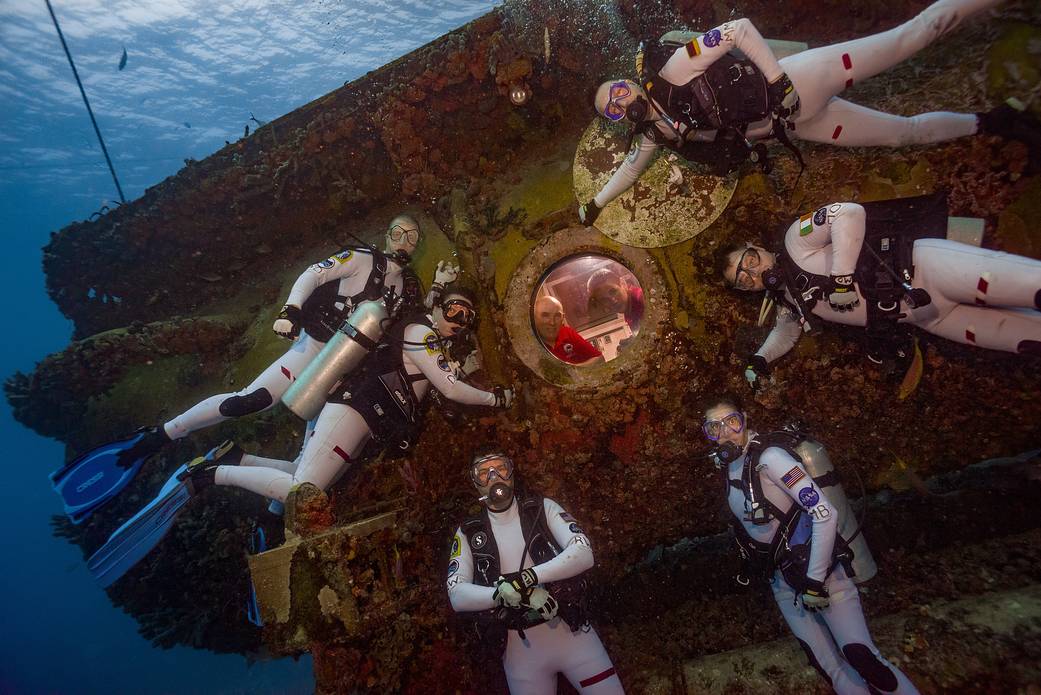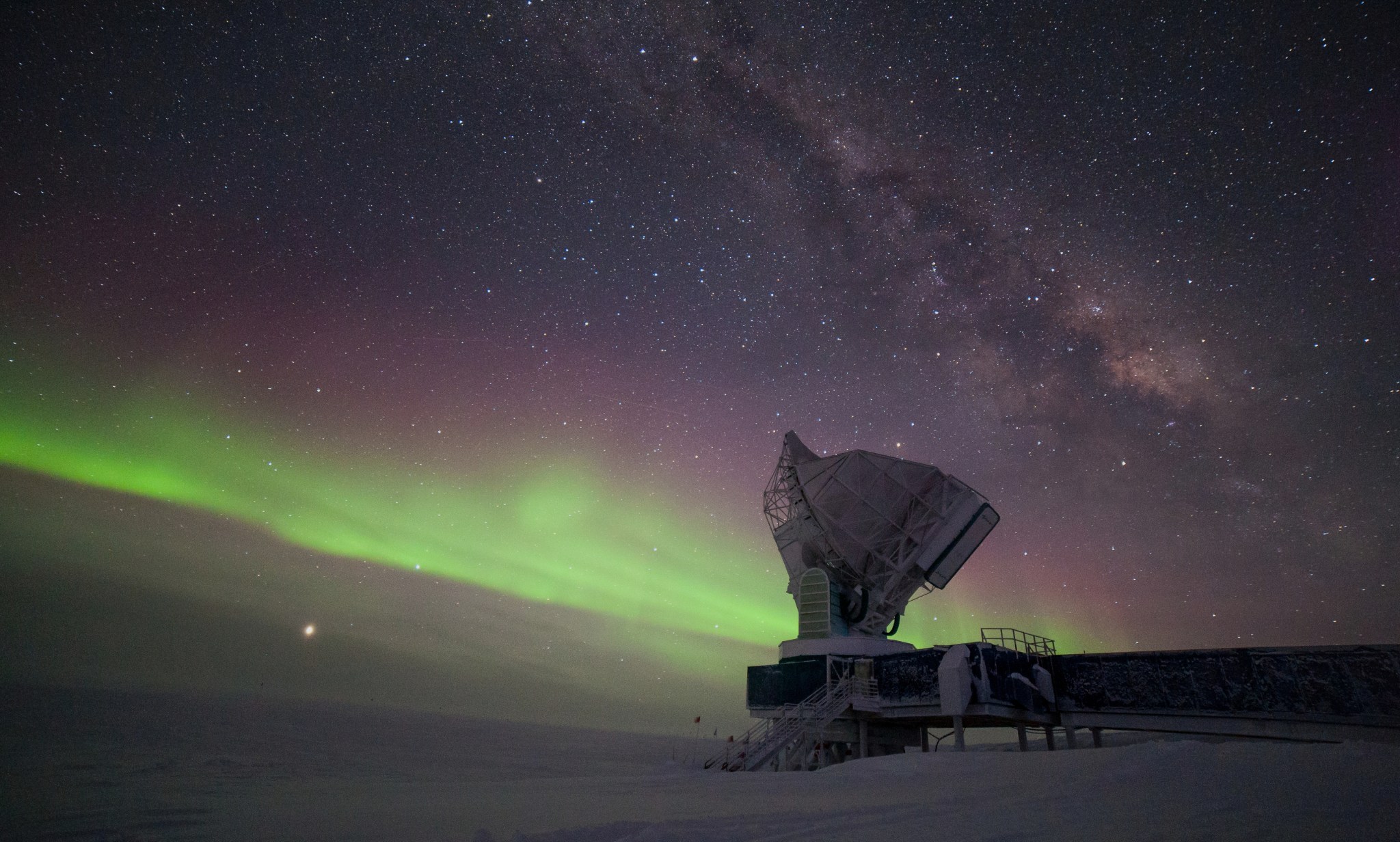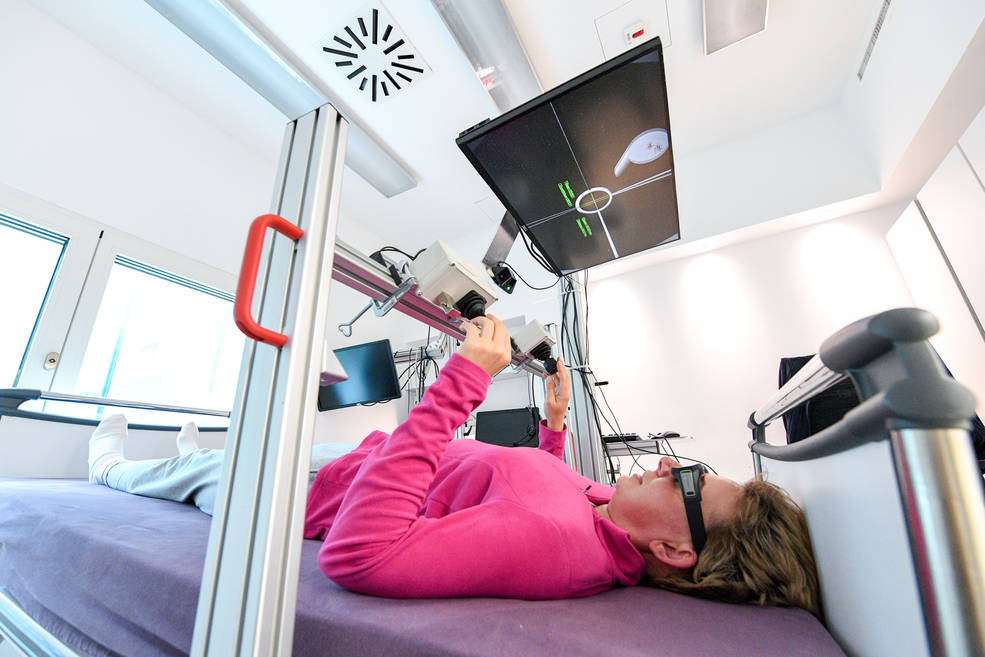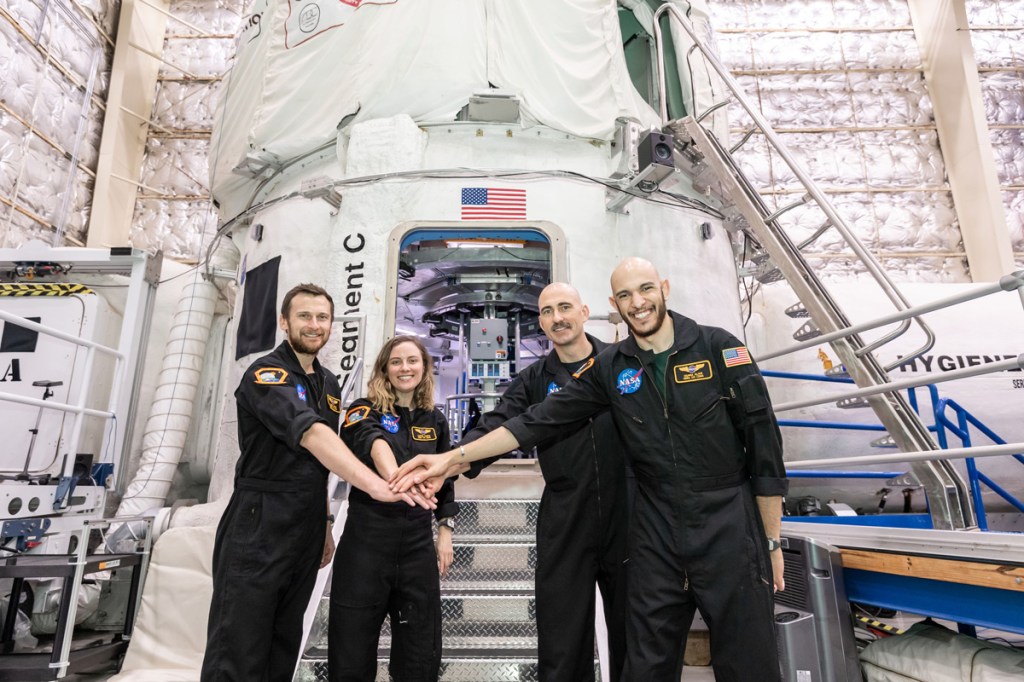
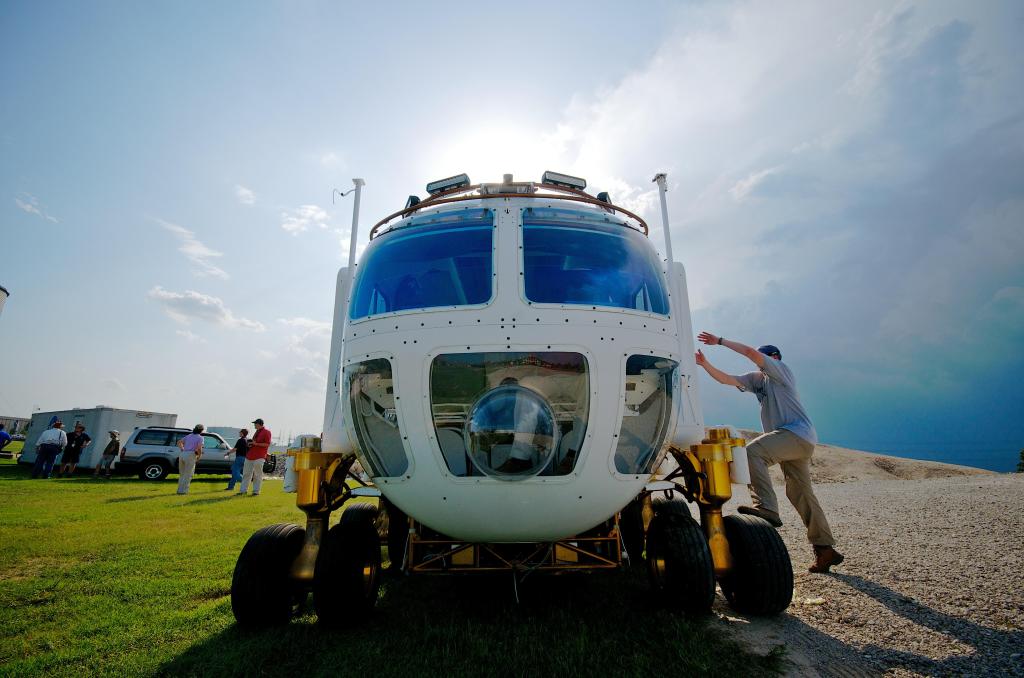
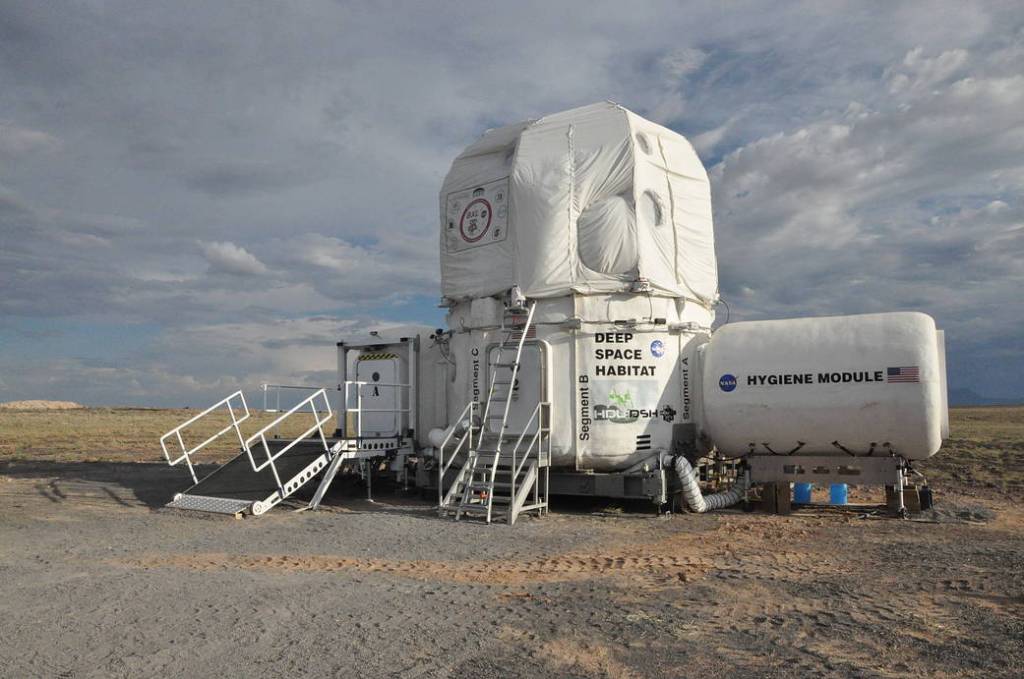
Extreme Environment Analogs Assessment Program (EEAAP)
OCHMO’s Extreme Environment Analogs Assessment Program (EEAAP) seeks to advance operationally relevant research to provide countermeasures and improve standards for Artemis and other missions of human exploration.
A range of activity is needed to address challenges of radiation, microgravity, isolation and confinement, and distance from Earth. Avoidance, prevention, and treatment are the preventive medicine paradigm. From human-centric design solutions and pre-mission training specific to exploration mission challenges to in-mission diagnostics and mitigations for crew health and performance, and psychological support and medical treatments, specific research is needed to ethically address space mission challenges in the short and long term. A range of analog environments, activities, and analysis support research efforts. Research data is collected from fully controlled laboratory settings to uncontrolled extreme environments with people actively engaging in their regular, real-time work. Analog environments, missions, and activities play a significant role in problem-solving for spaceflight research.
